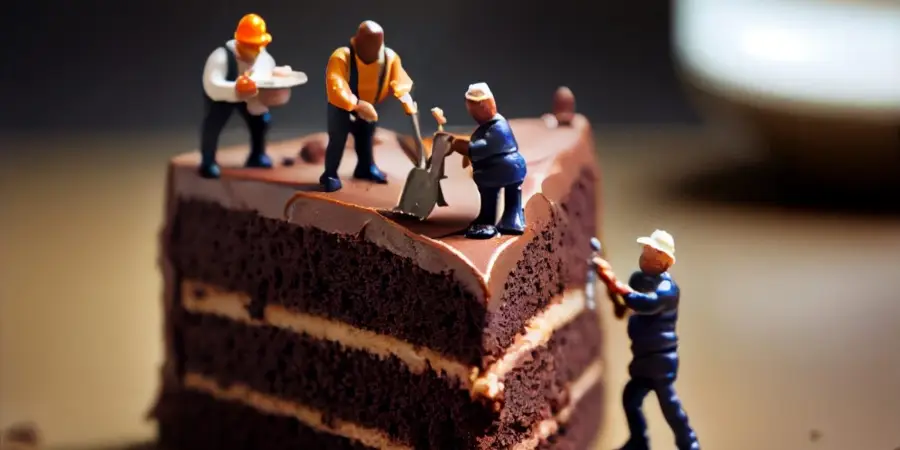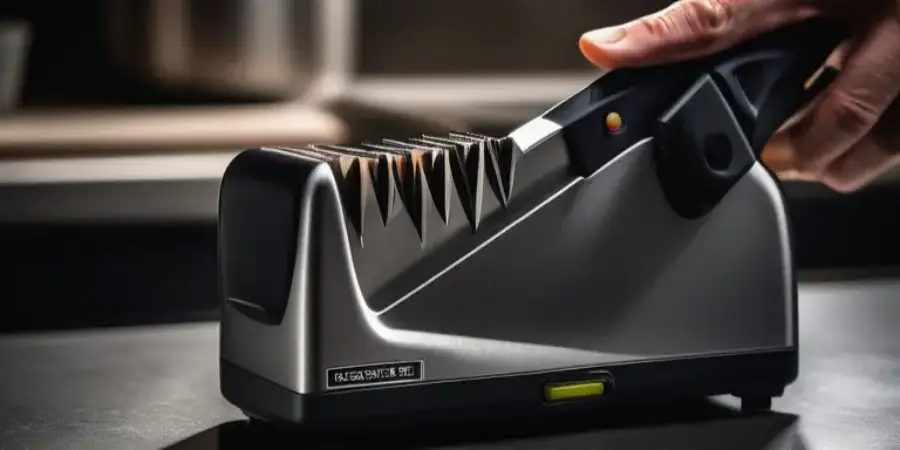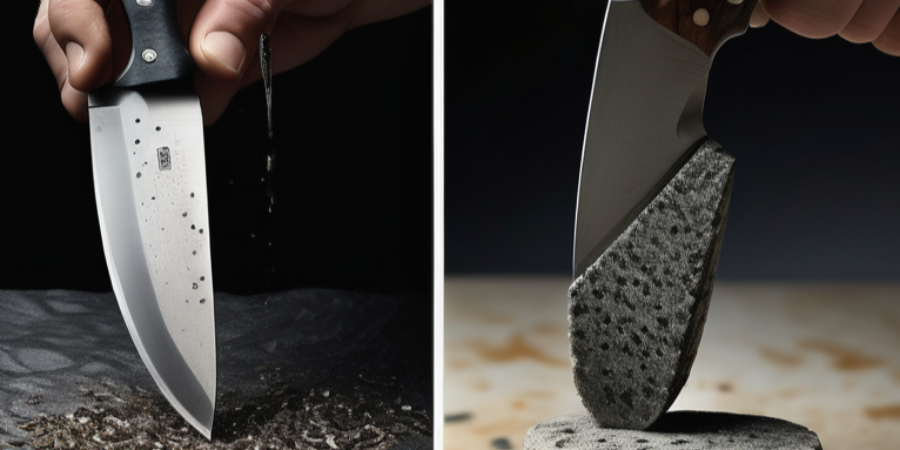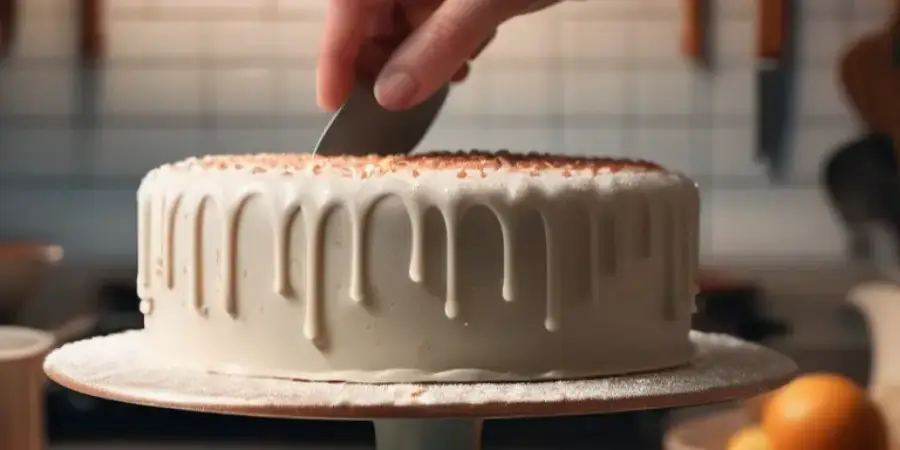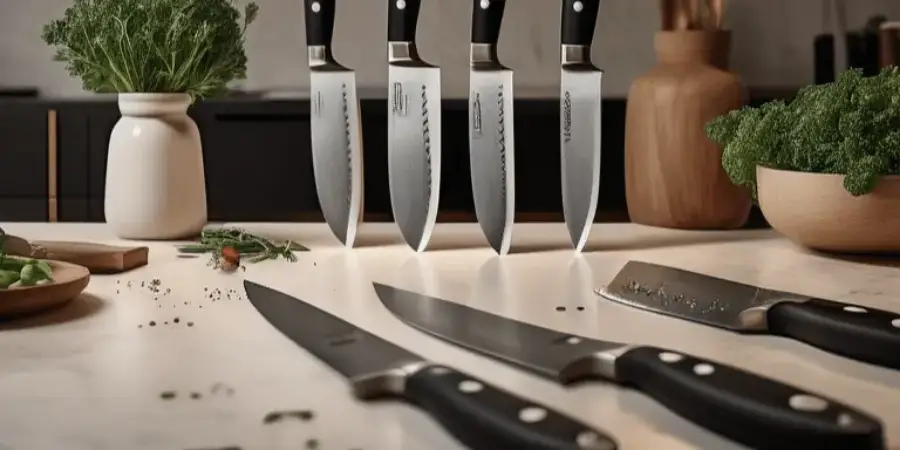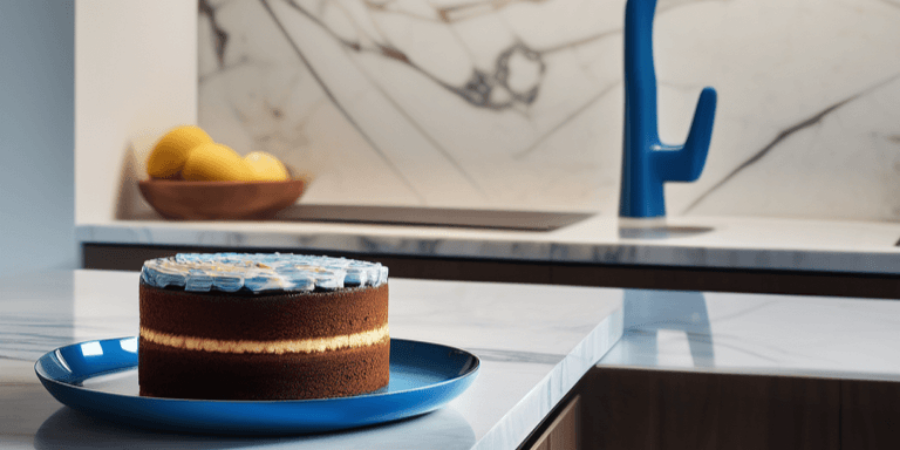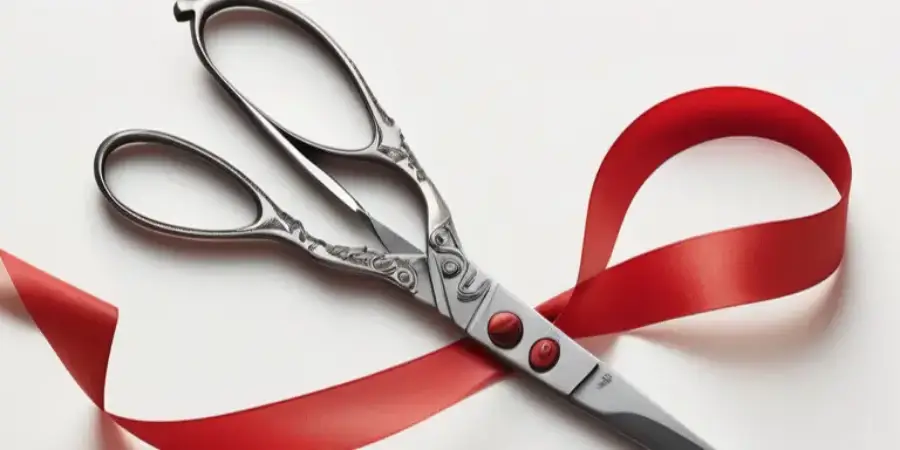23 May 2024 10 Must-Have Pakistani Formal Wear Outfits 2024
Welcome to the world of Pakistani formal wear! Step into elegance and sophistication with a fusion of tradition and modern flair. Embrace the rich hues of mustard, magenta, and jade in luxurious fabrics like velvet and organza. From intricate zari work to contemporary jacquard patterns, Pakistani formal wear is a celebration of craftsmanship and style. Discover a palette of colors from mint to lilac, each outfit telling a unique story of culture and artistry. Let's explore the top 10 must-have outfits in 2024 from Pakistan, the United Arab Emirates, and other countries, and elevate your fashion game with these stunning pieces, all priced in USD for your convenience!





_900.webp)
